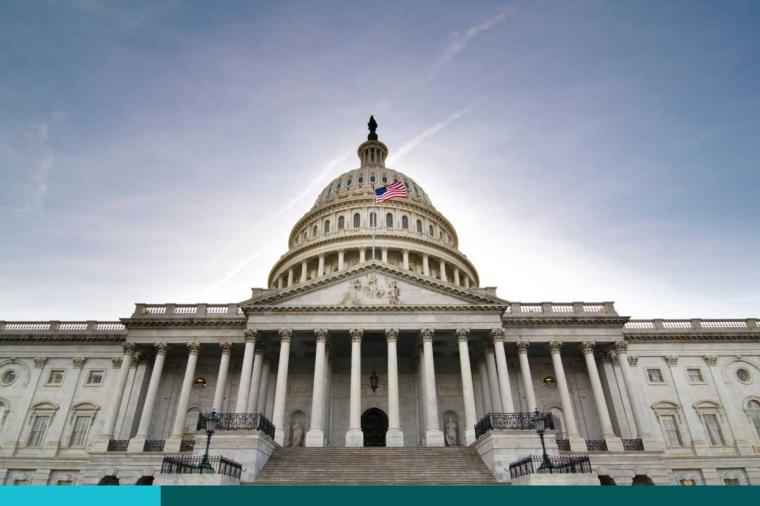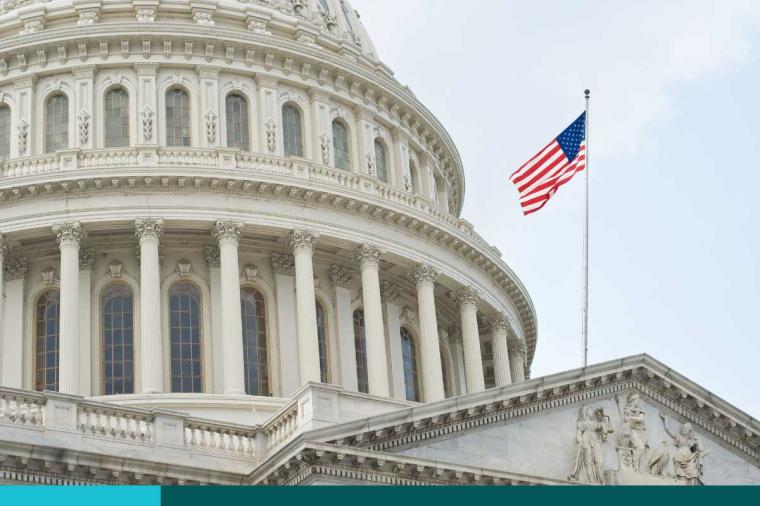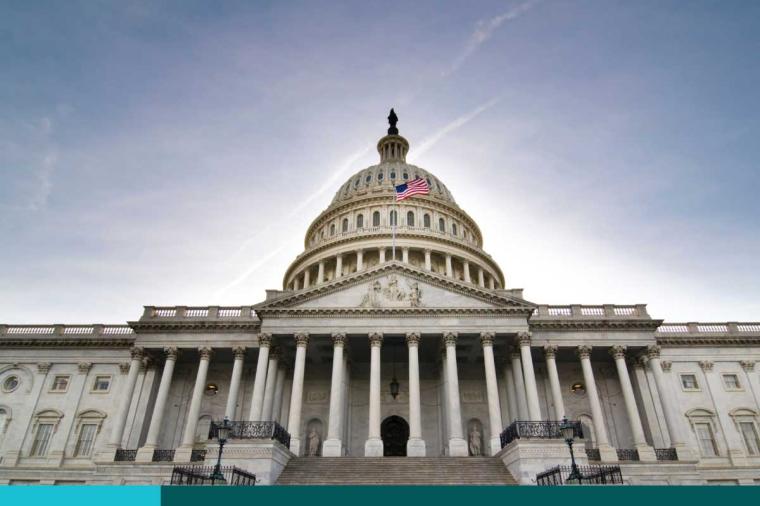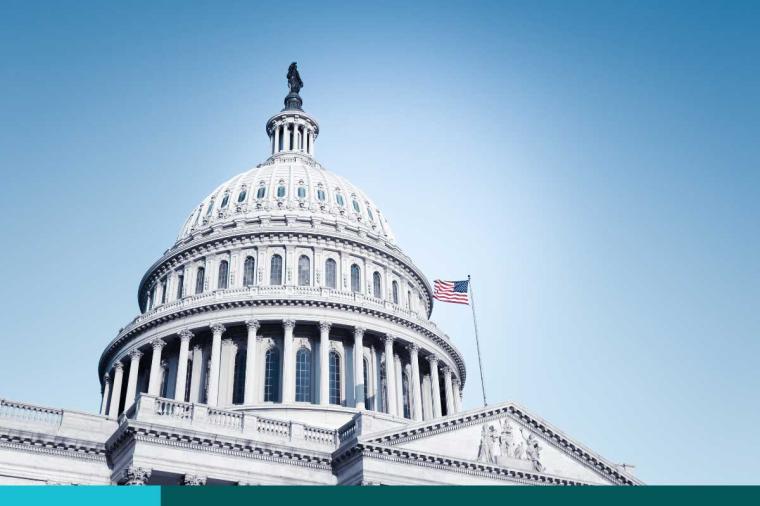Enhancing School Security with Information Technology: Relevant Solutions and Funding Opportunities
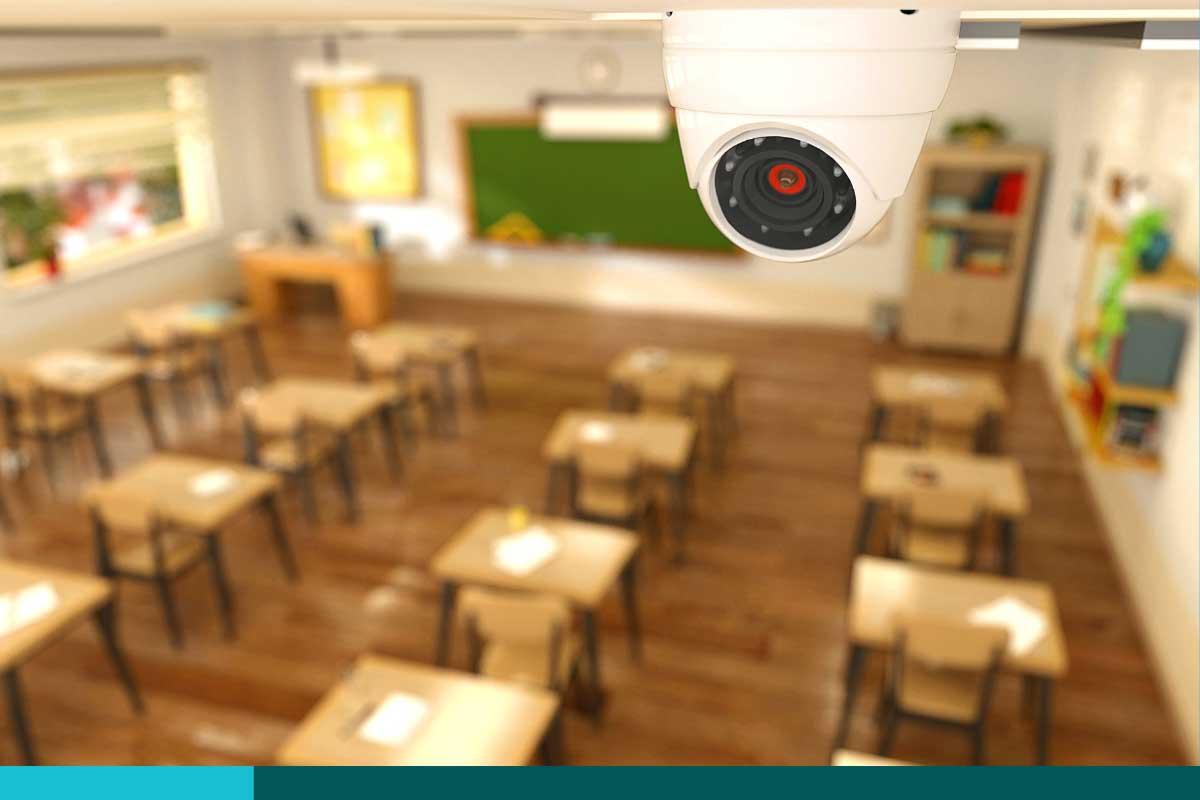
According to data contained in a recent study from Pediatrics, the official scientific journal of the American Academy of Pediatrics, the number of school shootings in the United States has increased dramatically every year since the 2017-2018 school year. At the same time, school mass shootings have become increasingly deadly. Given this trend and the risk posed by security threats to students and faculty, school districts are desperate to find solutions to improve school security. This need has not escaped the attention of federal government agencies either, providing these school districts with plenty of funding opportunities to support their safety initiatives. As such, savvy information technology (IT) companies would do well to stay informed of the various IT solutions schools are considering when tackling this issue, as well as the funding programs schools can use to acquire these solutions.
Enhancing School Safety through IT Solutions
Two of the more IT-relevant types of solution schools are looking at to improve school security are threat detection/surveillance solutions and emergency management services. In this section, we will look at both categories.
School districts are increasingly looking at artificial intelligence (AI) for threat detection. These districts and counties include Virginia’s Prince William County Public Schools, which spent $10.7 million to equip all its middle and high schools with weapon detection AI systems, and Baltimore County Schools which recently spent $2.66M to add gun-detection AI systems to 7,000 cameras.
Schools implementing surveillance solutions, whether those solutions include AI threat detection systems or not, can benefit from both cloud services to store all the footage and data their surveillance systems collect, and data security to prevent unauthorized access or misuse of the collected data. Data security is especially important as the public will be particularly concerned about the collection of minors’ data by public schools. Furthermore, the recent trend in state student data privacy legislation means schools will need to be extra cautious not to run afoul of student data privacy regulations, creating opportunities for administrative solutions and other services designed to facilitate adherence with data privacy laws1.
Other threat detection and surveillance solutions include visitor management software that screens everyone entering school property and alerts school staff of anyone entering the school who should not be permitted to do so and solutions facilitating the detection, documentation, and support for students demonstrating risk-indicative behaviors. The implementation of these threat detection and surveillance solutions creates additional opportunities for other types of IT solutions besides those which directly perform the threat detection and surveilling, as well. For example, services which facilitate the integration of visitor management screening systems with court records, police records, the national sex offender registry, and similar sources of information, may enable schools to update their lists of allowable visitors in real-time and account for recent additions to lists of people whose presence on school property might warrant contacting law enforcement.
In addition to threat detection solutions, schools also need emergency management solutions. This includes emergency alert systems which directly integrate with first responder services to automatically inform police, fire departments, hospitals, or other such organizations of school security breaches. Similarly, software solutions that provide real-time updates to first responders and parents or help plan and document emergency operations, evacuations, and drills are also in demand.
Navigating Funding Opportunities
Given the importance of school security, there are plenty of funding sources school districts can utilize to afford security solutions. The Department of Justice, the Department of Homeland Security, and the Department of Education all offer grants for school security, and the issue continues to be relevant for congresspeople.
Two such grant programs administered by the Department of Justice are the School Violence Prevention Program (SVPP), overseen by the Community Oriented Policing Services (COPS) office, and the Bureau of Justice Assistance’s (BJA) Students Teachers Officers Preventing School Violence (STOP School Violence) Program. In fiscal year 2023, COPS awarded over $73 million through SVPP for purposes including “technology for expedited notification of law enforcement during an emergency,” “coordination with law enforcement,” and “any other measure that the COPS Office determines may provide a significant improvement in security.” Also, in FY23, BJA awarded over $78 million through the STOP School Violence Program for purposes including behavioral threat assessments, technological solutions, and other school safety strategies.
Another grant program, this one administered by the Department of Education’s Office of Elementary and Secondary Education, awarding funds that can be used for school safety IT is the Stronger Connections Grant Program. The Stronger Connections Grant Program was created in response to a June 2022 bill signed into law called the Bipartisan Safer Communities Act which provided the Department of Education with $1 billion to award to state education agencies through Title IV, Part A of the Elementary and Secondary Education Act. State education agencies are required to use the money to award grants to high-need local education agencies and the law requires the Department of Education to make different portions of the $1 billion available in grants each fiscal year until fiscal year 2026.
The Department of Homeland Security also administers grant programs school districts and local governments can use to obtain funds to bolster school security. One such grant program is the Department of Homeland Security’s Targeted Violence and Terrorism Prevention Grant Program. State, local, and tribal governments, nonprofit organizations, universities, and independent school districts are all eligible to apply to this grant program, and any of these organizations may choose to request grant money from this program for initiatives benefiting K-12 school security if they can connect those school security initiatives to targeted violence and terrorism prevention.
Additionally, the Department of Homeland Security’s Homeland Security Grant Program, intended to provide funds to state and local governments for addressing terrorism, may offer funding opportunities for school security. State administrative agencies awarded money through this grant program are required to distribute the awarded funds to local organizations like school districts, and the funds from this program come with minimum allocation requirements, including a 3% minimum allocation on combating domestic violent extremism and a 3% allocation minimum for protecting soft targets and crowded spaces.
As evident from these funding opportunities, school security is an important focus of state, local, and federal agencies. Given that school shootings have shown no hint of slowing down in recent years, this focus on school security will certainly continue into the future. IT companies would do well to pay attention to this issue since there are a plethora of opportunities surrounding it and will likely continue to be for years to come.
To get more TD SYNNEX Public Sector Market Insight content, please visit our Market Intelligence microsite.
About the Author:
Gabriel Zighelboim, Market Insights Data Analyst at TD SYNNEX Public Sector, specializes in analyzing government IT procurement data to deliver actionable insights to vendors and resellers in the public sector.
1. For more information on the recent state data privacy laws regarding student data, look at the recording of the Market Insight Team’s webinar on student data privacy. For more general information on recent state data privacy laws, not specific to student data, consult the Market Insight’s team state data privacy laws blog.↩


















